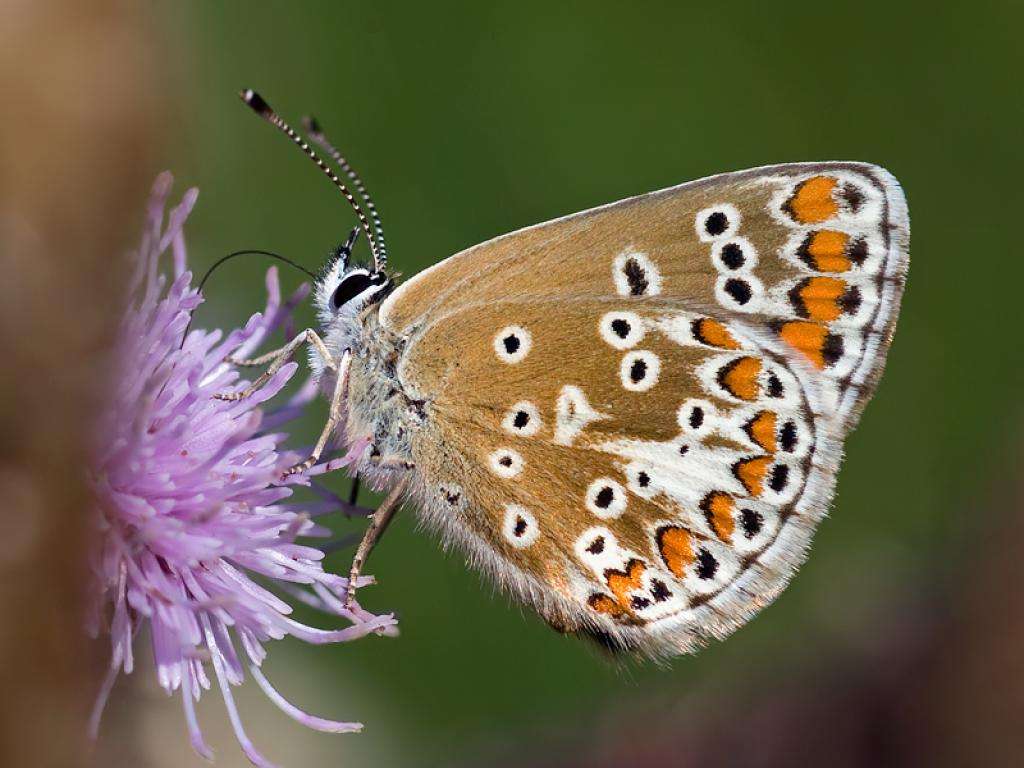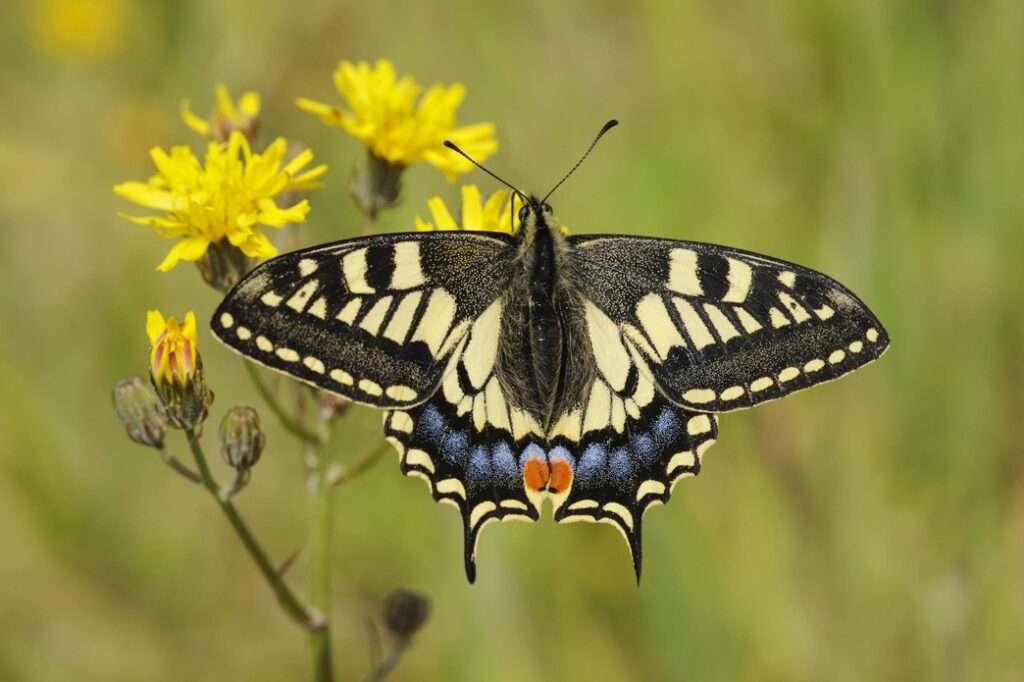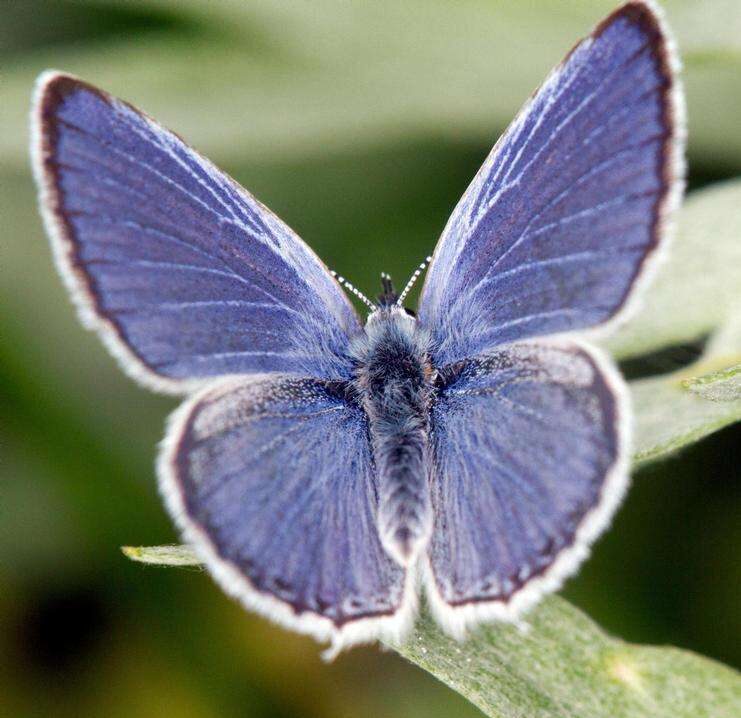
A member of the Lycaenidae butterfly family is the brown argus, Aricia agestis. It can be found all over the Palearctic region, from Siberia and the Tian Shan in the east to northern Jutland (Denmark) in the north.
Amazing Fact
- Between May and September, the Brown argus, a tiny butterfly, is active on the wing.
- This species lives in small, dense colonies and does not travel far from its place of origin—at most a few hundred meters.
- The behavior of the male, which is remarkably aggressive for a little butterfly, also makes it easy to identify.
Appearance
The Brown Argus, unlike most other “blues,” lacks blue scales on its upper side. Instead, both sexes are mostly brown in color, as suggested by its popular name, yet the butterfly does have a blue sheen when it is lit from specific angles. Beautiful orange dots are present on the upper side of the fore- and hindwings of both sexes.

Diet
On calcareous grasslands, Common Rock-rose (Helianthemum nummularium) is nearly exclusively grown. In other settings, it feeds primarily on Dove’s-foot Crane’s-bill (Geranium molle) and Common Stork’s-bill annual food plants (Erodium cicutarium). Additionally, Cut-leaved Crane’s-bill (G. dissectum), Meadow Crane’s-bill (G. pratense), and Hedgerow Crane’s-bill (G. pratense) have all recently been reported to deposit eggs (G. pyrenaicum).
Habitat
Widespread over southern and central England, up to Yorkshire. Wales and south-west England have fewer of them and they are mostly coastal. Chalk and limestone grassland are the primary ecosystems. But the butterfly can be found in a variety of disturbed-soil habitats, such as coastal grassland and dunes, woodland clearings, heathland, abandoned railroad tracks, and road verges.
Table





